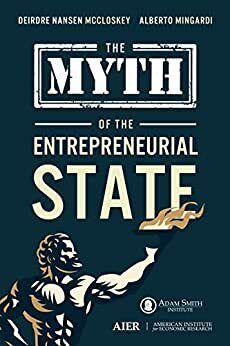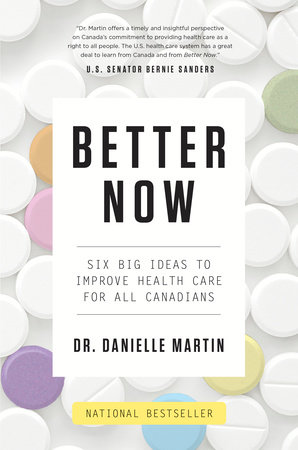The Myth of the Entrepreneurial State
Some delicious words by Deirdre McCloskey on Mazzucato recent contributions:
Mazzucato, a loyal daughter of the left, is suspicious of private gain, of the sort you pursue when you go shopping, say, and is therefore suspicious of people doing things for a private reward. She wants the State, advised by herself, to decide for you. Yet the private entrepreneur, she would concede, gets a reward if she pleases her customers. And it is in fact what Mazzucato in her own trade has done. She has parachuted herself into the center of the debate about the role of state planning as against private profit-making for innovation and allocation. It is not because she is innovative herself (though that is what her brave rhetoric suggests), but because she is, market-style, giving people what most of them want: magical thinking, mythical certitude, free lunches all around, wise and loving parents guiding the people in a coerced routine from on high. Modern “statism.” Her theory is the illiberal one that has dominated economics since John Maynard Keynes eight decades ago spoke out loud and bold.
The statists imagine that it is always COVID-19 time, for anything: the legitimate actions by a State to suppress a plague or a forest fire or a military invasion are to be applied to all manner of private matters, always, with no such persuasive claim to legitimacy as fighting plagues, forest fires, or invasions, being technically speaking public goods. Braiding hair for a living is to be regulated by the State. Innovation and allocation, says Mazzucato in particular, are to be socialized.
And we could say that Deirdre is a loyal daughter of the right. And no problem. However, you may imagine what follows...in her book. I have read Mazzucato and part of her arguments are convincing. However, there is a need for a balanced perspective according to the current trends. Deirdre provides such perspective. A book that deserves to be read.












